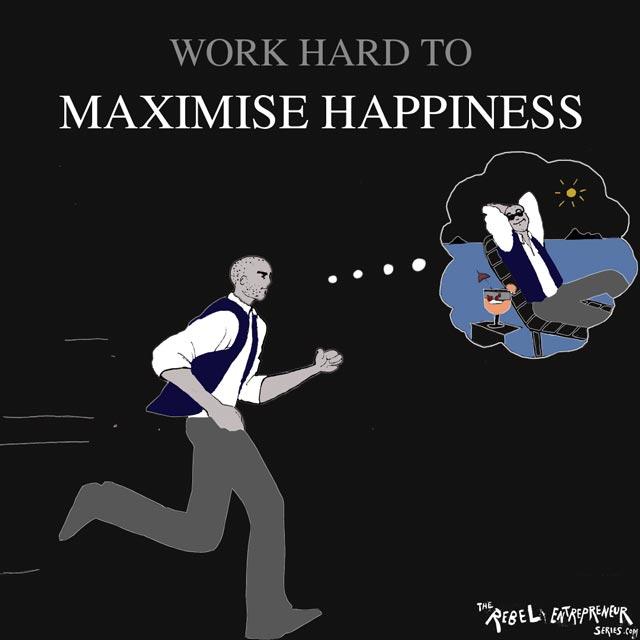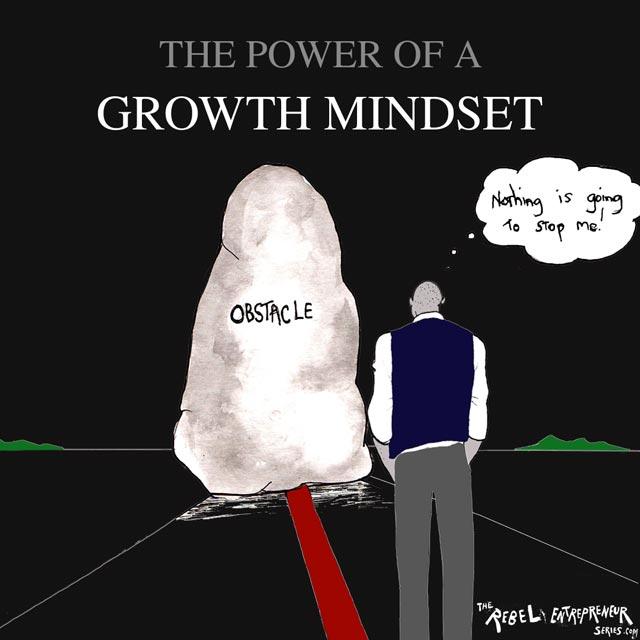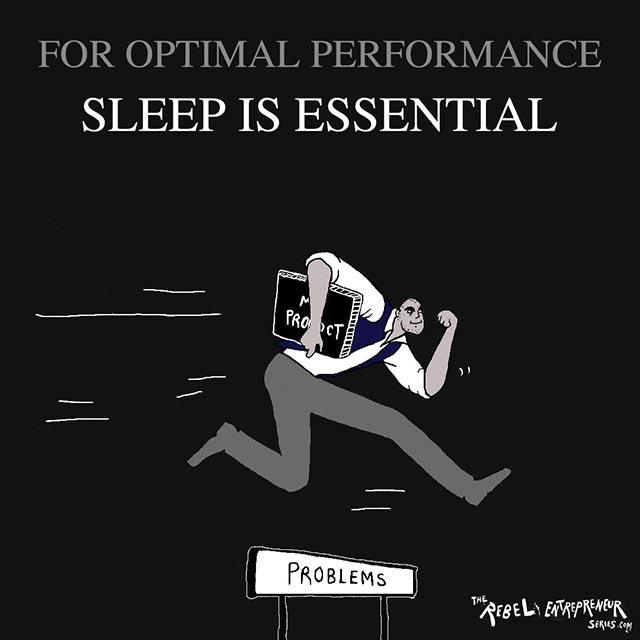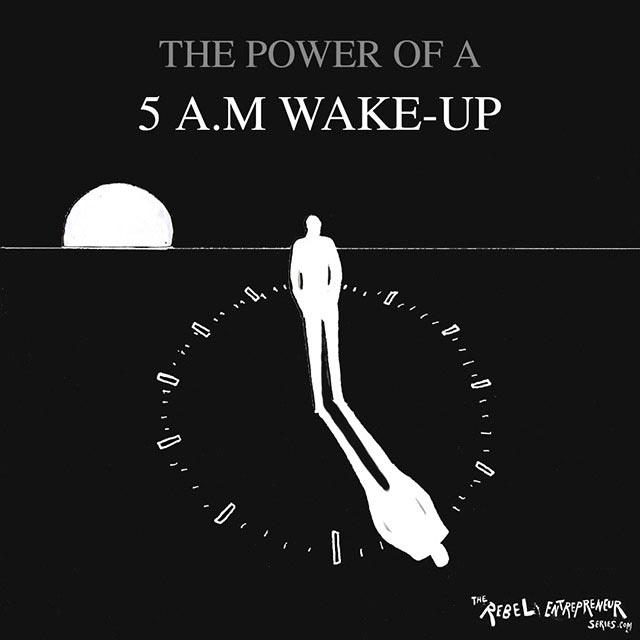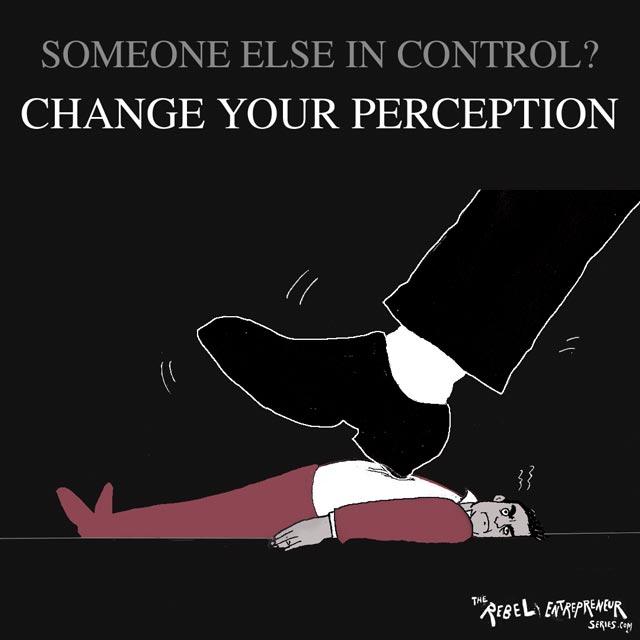Article 085: Use the third person to talk to yourself

In a 2012 interview, Malala Yousafzai speaks about the moment she stood up to the Taliban, the terrorist group who had threatened her life simply for advocating for girls’ rights to education. She recounts how she spoke to herself in the third person: “I started thinking that if the Taliban would come and just kill me, what would you do, Malala? Then I would reply to myself, Malala just take a shoe and hit him.”
In her report ‘Why Saying is Believing’, Laura Starecheski refers to this interview as an instance in which the third person pronoun is evoked to summon the conviction required to overcome an immediate challenge. Starecheski outlines the technique’s principle by referencing research conducted by Ethan Kross at the University of Michigan. Kross presented the group with the challenge of writing a speech in five minutes. Half were told to coach themselves using the word ‘I’, while the other half were told to address themselves in the inner monologue using their own name. The first group felt flustered, while the others rose to the challenge and wrote a coherent speech.
When we address ourselves using our name, we think about ourselves as a different person. In Neuro-Linguistic Programming (NLP), this process allows people to dissociate from themselves and watch the situation from a third party point of view. As a result, we are more likely to treat ourselves with the patience and respect we extend to others, and to approach our problems from a more logical perspective. This distance allows you to look at the situation from a rational viewpoint as personal emotions have less of an influence on taking action. The process also works to expel doubt and stress.
While talking about yourself in the third person may be stereotypically associated with arrogance, this technique is useful when it comes to motivation. The process distances an individual from the emotions which might obscure perception, and allows a rebel entrepreneur to make logical decisions free from self-doubt. The distinction is that the third-person pronoun technique is only useful in rising to immediate, incoming challenges. When it comes to long-term goals and objectives, the personal pronoun ‘I’ is more effective.
PLEASE LIKE HERE





